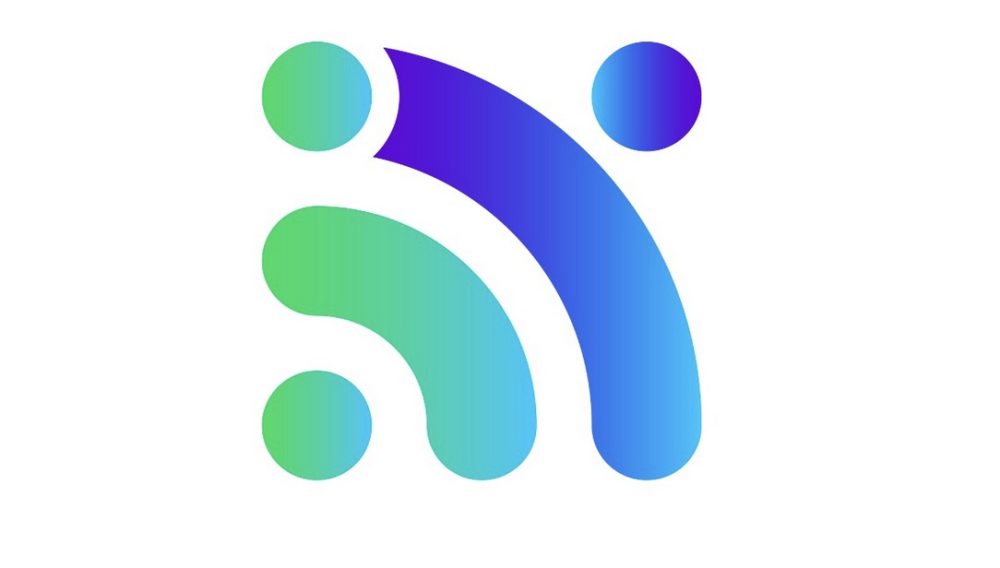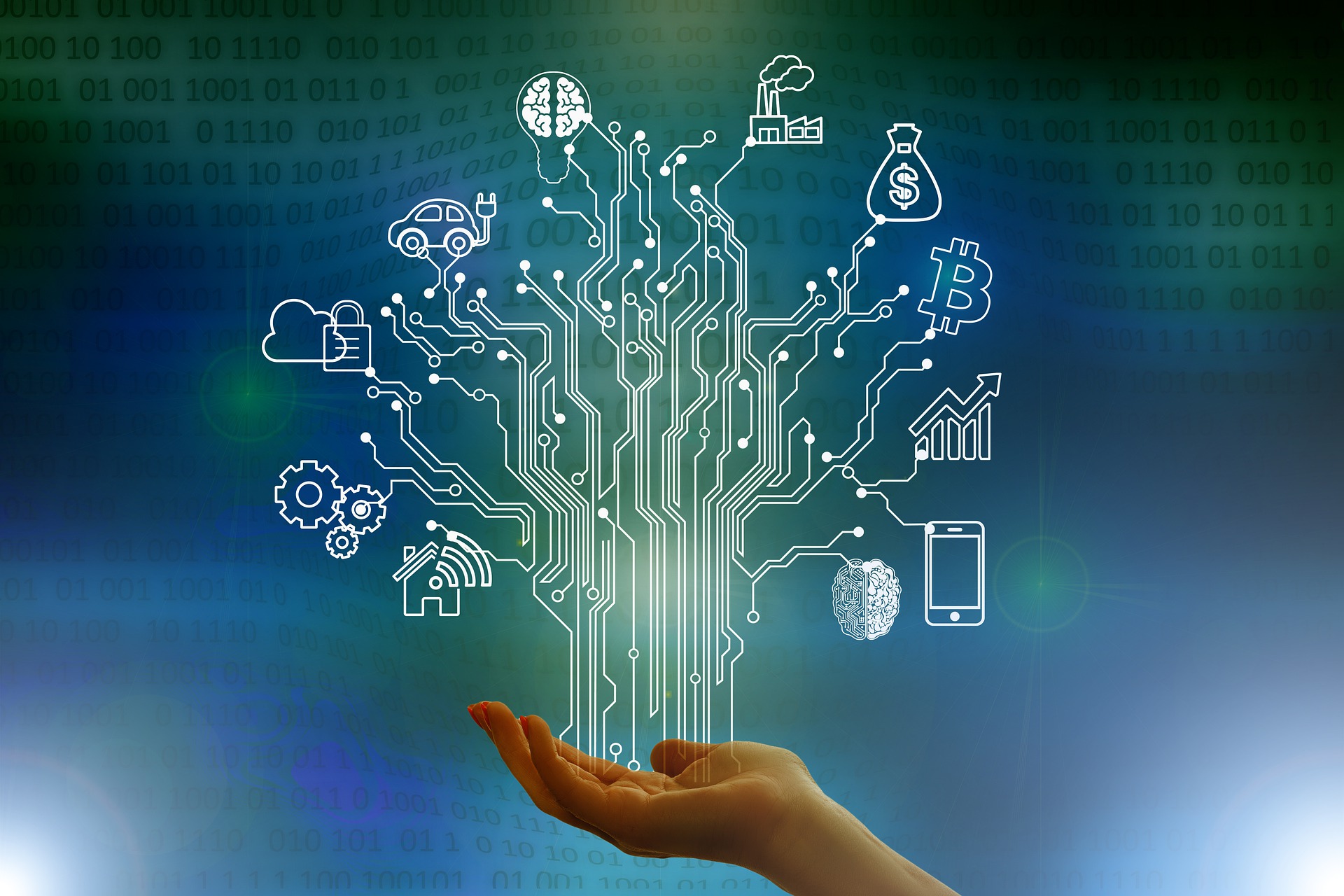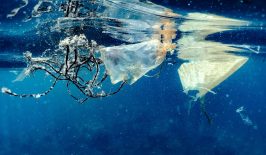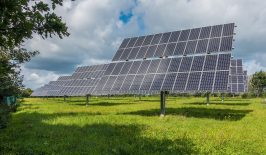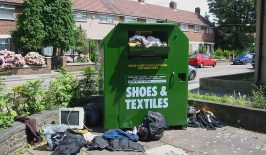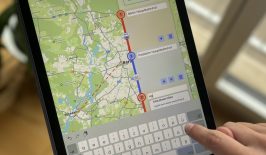Emails, spam and newsletters: our inboxes are flooded each and every day. Much of this mail—the vast majority useless—often remains there for years or even decades. The same applies to old documents and other data. Did you know that clearing out your mailboxes, hard drives and cloud saves energy?
Important topics such as data protection and security are also improved with a cleaner inbox. However, the impact of reducing or ‘decluttering’ our digital worlds is rarely spoken about. The “Digital Data Cleaning” campaign organised by the Corporate Digital Responsibility Initiative is providing information and support for those looking to boost their online security, while reducing their carbon footprint.
But what is a digital footprint and why does digital decluttering make sense?
Our digital footprint: A quiz
How many emails were sent and received worldwide every day in 2022? Is it a) 222, b) 333 or c) 444 billion?
How high is the proportion of spam e-mails? Is it a) 17.2, b) 38.6 or c) 48.7 percent?
a) 0.5, b) 0.8 or c) 1 kilo of CO2 – What are the CO2 emissions for using 10 GB of cloud storage per year?
And what effect does all this have on the annual energy consumption of data centres in Germany? Is it a) 7.2 million, b) 2.3 billion or c) 17.9 billion kilowatt hours?
The figures may surprise many. According to the Radicati Group‘s Email Statistics Report, 333 billion emails were sent in 2022 alone. Spam emails accounted for around 48.7 percent of this figure.
When it comes to the amount of CO2 emissions for the use of 10 GB of cloud storage, one kilo is the correct answer, according to the Öko-Institute.
A large part of the energy consumption of our digital world is visible in the amount of energy consumed each year. In Germany alone, the electricity consumption of around 3,000 large data centres in 2022 was 17.9 billion kilowatt-hours, according to the Boderstep Institute. By comparison, a city like Berlin consumes around 12.5 billion kilowatt hours every year. These figures are likely to be long out of date, as the current AI boom is causing energy demand to rise rapidly.
Wielding the digital broom together for data cleaning
According to various studies, digital technologies already account for around seven per cent of Germany’s total emissions. This includes emissions from the production and use of digital devices and services such as computers and smartphones, as well as the data transmissions generated by these devices.
The digital footprint—our online resource consumption
Every single search query, every streamed song or video and every type of cloud computing, carried out billions of times all over the world, is responsible for an ever-increasing global demand for electricity. This also means they’re at least partially responsible for rising CO2 emissions. The digital age presents us with major challenges.
Therefore, it’s clear that it is time to act. Our digital footprints need to shrink. The main political levers here are the conversion of all data centres to renewable energies as well as the promotion of sustainable devices and a circular economy. But, private individuals and organisations can also get involved. As part of a corporate digital responsibility strategy, for example, companies consider their social and environmental impact when using digital tools.
CDR – What’s it about?
What does CDR mean, how does it differ from CSR and how does it make companies more sustainable?
Find out more about digital self-responsibility here.
With the “Digital Data Cleanup” campaign, the Corporate Digital Responsibility Initiative aims to support start-ups, SMEs and large corporations from a wide range of industries with join-in calls and simple checklists for digital cleanup. Public authorities, municipalities, educational and cultural institutions as well as civil society organisations are also encouraged to participate. The campaign also provides important information and tips on sustainable digital working.
A total of 46 organisations have joined the call this year. The RESET editorial team is also taking part.
What to do about that flood of emails?
Last week, we started our data clean-up at RESET and tidied up our mailboxes. The main recommendations are included:
- Delete old mails that are no longer needed. It is best to start with the heavy ones, i.e. particularly large emails that contain attachments. It is important to delete the mails not only from your mailbox, but also from the server.
- What arrives into your inbox? Simply unsubscribe from newsletters and social media messages that you don’t read.
Next week, we’ll be clearing out our cloud. And even though we are already well positioned in terms of sustainable digital working, we will take another look at this.
Participation in the Digital Data Clean-Up is ongoing!
If you’s still like to join, you can find all the information here: Digital data clean-up 2024
And if you’re looking for tips for a lean digital footprint, you’ll find them here: How to reduce your digital footprint
